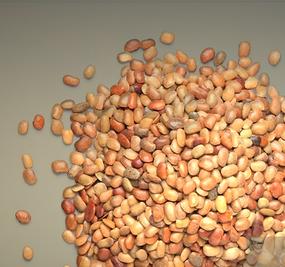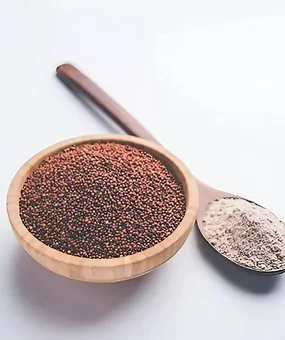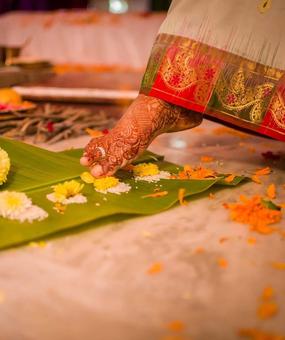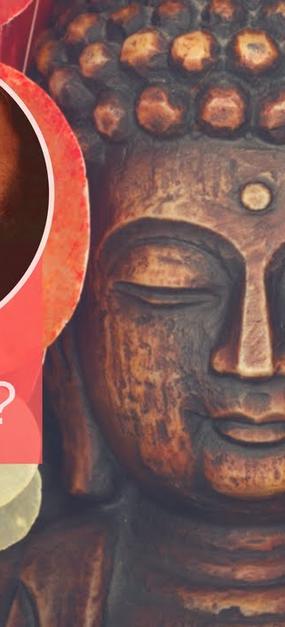The scent permeates your house – the outer one where you reside, and the inner one where you exist! Most of us grew up with this comforting scent pervading our houses. We are talking about incense sticks or agarbatti, as it is known in India.
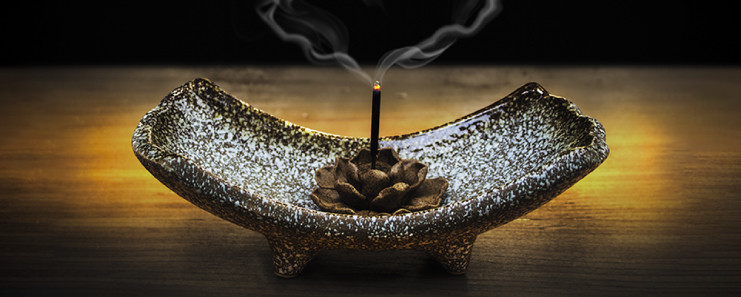
What is agarbatti?
Did you know?
- Agar is known as Oud in the Arab world. Interestingly, it is called Oudavati in South India as well.
- In Sanskrit, the word Agaru means ‘light-weight’; while the Agar tree is a strong and durable one, it is also soft and light in weight.
Agar is an evergreen tree from which incense sticks are made. Batti means wick. So, the wick made from the agarwood is called agarbatti. Since the Agar tree is found in India’s tropical climate, India is a leading producer of incense sticks.
Agarbatti is a norm in most Indian households. Some people burn them daily, while others reserve them for special occasions. Like camphor, this scent has a way of transporting you to a divine and higher space. Sambhrani and dhoop are variations of agarbatti.

Tradition of agarbatti
It is a tradition in India to light lamps or diyas/deepams and agarbattis every morning and evening in houses. This is done to spread fragrance and usher in good energy. It is believed that scented fumes will ward off unpleasant omens and odors alike.
Since when are incense sticks in use?
Since the Vedic times! In the Atharva Veda, and the Rig Veda, incense was burnt both for its aromatic and medicinal value. The use of incense in healing was integral in Ayurveda from the beginning.
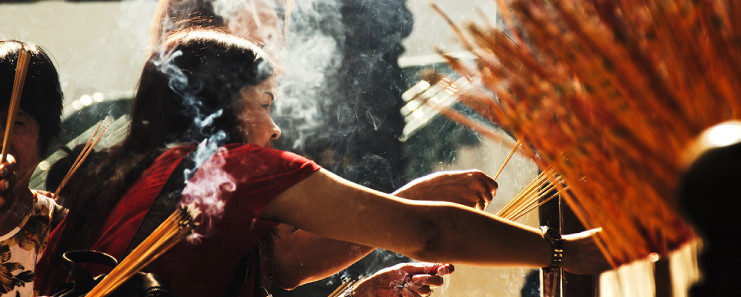
Incense and the world
India is the largest producer of incense. It also exported close to Rs.1,000 crore in FY18 according to the Economic Times.
However, Agar has traveled to different parts of Asia such as China and Japan with the spread of Buddhism. Various rituals across Asia include the burning of incense. There is, even, a mention of Aloe or Agar tree in the Old Testament, with Adam planting this tree, in Paradise Wood, where he settled with Eve. Europeans use its fragrance in perfumed oils. Agar wood’s medicinal properties are recognized by Sunni and Shia Muslims.
How agarbatti is made
Agarbatti is made with bamboo sticks. These sticks are rolled on a variable paste of charcoal powder, sandalwood powder, agarwood oil, sawdust and adhesive (gum/tabu powder). They are, then, sun-dried, for several days, and dipped in aromatic liquids or masala incenses. These sticks emit fragrant fumes on burning.
Benefits of incense sticks or agarbattis
1. Incense sticks are burned to cleanse or purify the air around us, and to ward off bad energy. They are natural air fresheners.
2. It is, also, an effective organic insect-repellent.
3. Its aroma is used in perfumes around the world. These come in scents such as sandalwood, rose, mogra (jasmine), kewda (flower from the screw pine tree) and lavender.
4. Aroma has many therapeutic benefits for the human mind. Agarbatti soothes you.
5. This fragrance can, paradoxically, elevate your spirits and relax you, helping you drift into sleep!
6. The fragrant fumes seep into your exterior and interior and gently nudge you into a realm of heightened focus, serenity, and awaken your consciousness! This makes your surrounding conducive for yoga and meditation.
Incense is, truly, an indelible part of our culture.

Science behind Agarbatti: Past & present practices
For several thousands of years now, tribals have harvested Agar from trees and we have benefited from their efforts and patience. However, the pressures of modern living have led to man’s violent acts of deforestation and premature harvesting of the trees. This is done by artificially infecting trees with fungus, creating artificial wounds, and injecting chemicals into them. These inhumane and thoughtless acts work to trigger the defense mechanism of the tree, to force it to release the resin, from which we get the aroma.
A 50-year-old mature tree gives out the best aroma. But, will man allow trees to live their natural life undisturbed in his own self-interest? To enable him to extract its true value?
It is, perhaps, because of these chemicals that there is now a debate about the healthfulness of Agarbattis.
Incense sticks, manufactured by The Art of Living are rolled by rural women, with selected, organic ingredients devoid of chemicals. They are also wrapped in recycled paper. You can purchase your healthy and environment-friendly aromatic Agarbattis at the Sri Sri Tattva store.
Good quality incense and aromatic oils are some of the most expensive items in the market today, more so because of the rapid disappearance of wild forests. With increased global demand for organic scents and perfumes, this industry is only likely to grow. To enable self-employment and self-sufficiency amongst rural women in India, The Art of Living’s Sri Sri Rural Development Project (SSRDP) has taught them to manufacture incense sticks.




